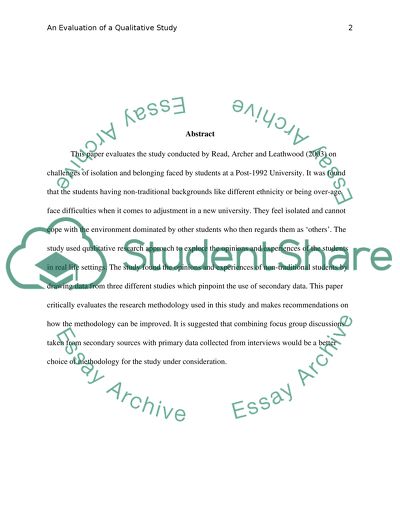Cite this document
(“Challenges of Isolation and Belonging Faced By Students Assignment”, n.d.)
Challenges of Isolation and Belonging Faced By Students Assignment. Retrieved from https://studentshare.org/psychology/1623302-evaluation-of-a-qualitative-study
Challenges of Isolation and Belonging Faced By Students Assignment. Retrieved from https://studentshare.org/psychology/1623302-evaluation-of-a-qualitative-study
(Challenges of Isolation and Belonging Faced By Students Assignment)
Challenges of Isolation and Belonging Faced By Students Assignment. https://studentshare.org/psychology/1623302-evaluation-of-a-qualitative-study.
Challenges of Isolation and Belonging Faced By Students Assignment. https://studentshare.org/psychology/1623302-evaluation-of-a-qualitative-study.
“Challenges of Isolation and Belonging Faced By Students Assignment”, n.d. https://studentshare.org/psychology/1623302-evaluation-of-a-qualitative-study.


